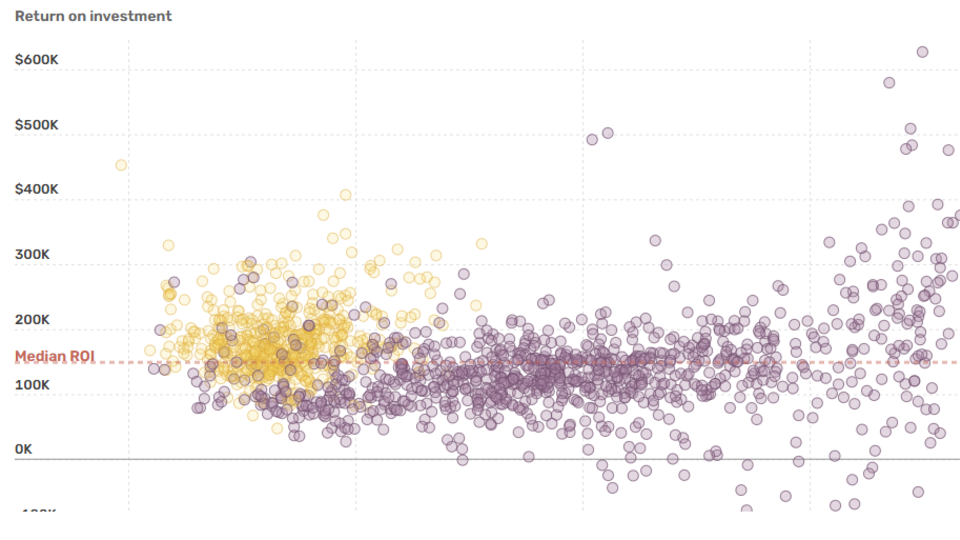Executive MBA Student Testimonial: Rich Hoover
Professional MBA Student Testimonial: Dan Dobesh
Dan Dobesh, Professional MBA
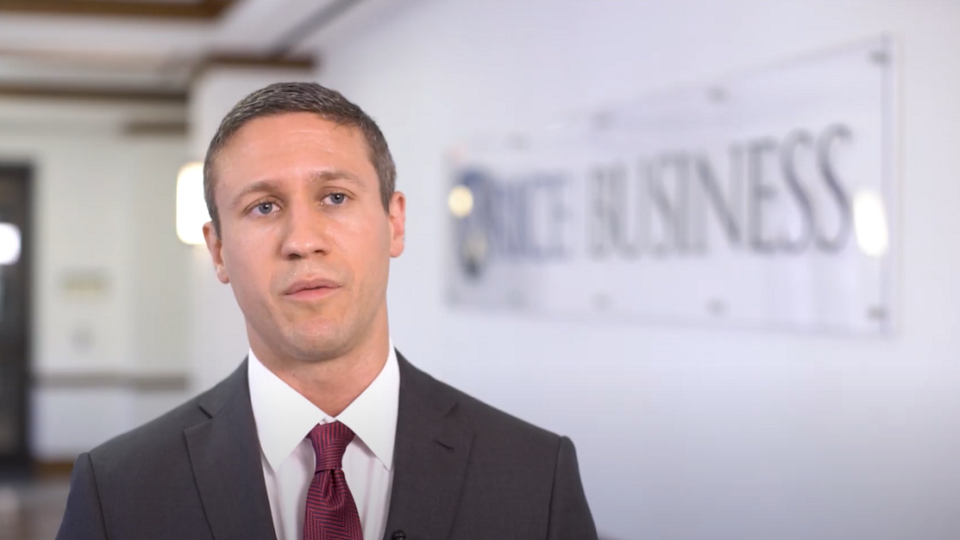
Dan Dobesh, a professional evening MBA student at Rice Business, shares how the Rice MBA has helped him gain confidence at work, change his career trajectory, and bring value to himself and his employer.
Keep Exploring
Professional MBA Student Testimonial: Bethany Cuenod
Bethany Cuenod, Professional MBA
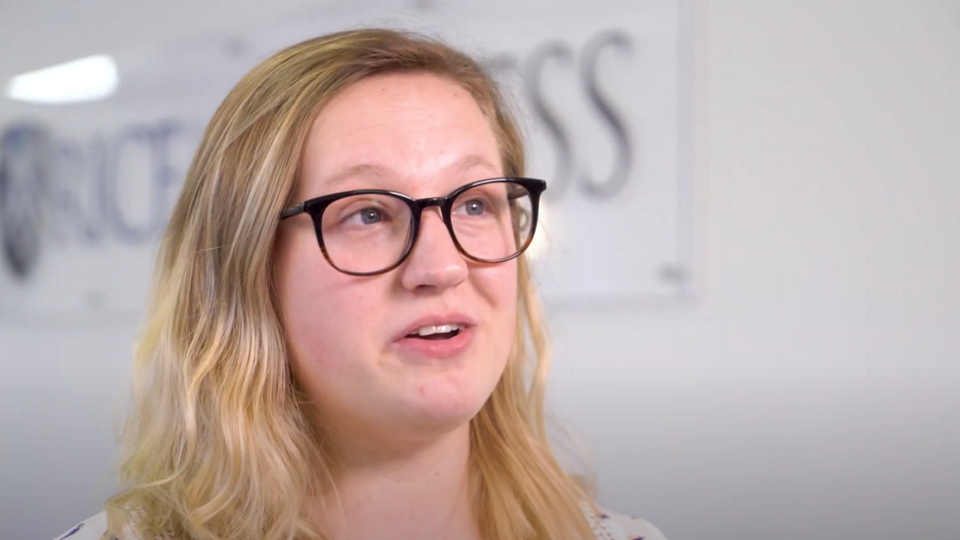
Bethany Cuenod shares how the Rice MBA empowered her to take a risk, leave her full-time job and gain new employment through an internship. Bethany discovered growth opportunities and new career trajectories through the Rice Business Professional MBA Program.
Keep Exploring
Rice Business’ annual diversity, equity and inclusion conference set for Oct. 29
Rice Business will host the sixth annual Diversity, Equity and Inclusion (DEI) Conference Oct. 29. The event is designed to provide a forum for awareness, dialogue and skill-building around DEI issues as they relate to the business world.


Rice University’s Jones Graduate School of Business will host the sixth annual Diversity, Equity and Inclusion (DEI) Conference Oct. 29. The event is designed to provide a forum for awareness, dialogue and skill-building around DEI issues as they relate to the business world.
The Jones School endeavors to create a rich learning environment that considers and appreciates a multitude of perspectives, which leads to better decision-making. The virtual event will include speakers and panels discussing topics such as “Inclusivity and Belonging,” “The Action of Allyship” and “DEI Conversations in the Workplace.”
What: Rice Business' Diversity, Equity and Inclusion Conference, "Sparking Success: The Intersection of Business and Diversity, Equity and Inclusion."
Who: Speakers include Stefanie Johnson ’02 and ’04, associate professor of management at the University of Colorado Boulder’s Leeds School of Business; Peter Rodriguez, dean and professor of strategic management at Rice's Jones School of Business; Sofia Pertuz, founder and lead strategist at Mainstream Insight LLC; Natacha Buchanan, director of inclusion and diversity at Phillips 66; Mark Crawford, senior vice president of DEI at BP; and Robert Gaudette ’01, senior vice president at NRG Business.
When: Friday, Oct. 29, 9 a.m.-4 p.m. CDT
Where: Online; the conference is open to the public and registration is $50.
For the full conference schedule, visit https://business.rice.edu/rice-business-diversity-and-inclusion-conference#agenda.
You May Also Like
Rice Business ranked No. 3 for entrepreneurship by Poets & Quants
The Jones Graduate School of Business at Rice University is ranked No. 3 in Poets & Quants’ World’s Best MBA Programs for Entrepreneurship rankings for 2022, up from No. 15 on the 2021 list.


The Jones Graduate School of Business at Rice University is ranked No. 3 in Poets & Quants’ World’s Best MBA Programs for Entrepreneurship rankings for 2022, up from No. 15 on the 2021 list.
Poets & Quants created the annual rankings with Inc. Magazine to measure schools' performance in providing launching pads for entrepreneurial-minded MBA students. Through data collection and analysis, the list ranked 38 schools based on 16 core metrics that reflect not only the resources devoted to entrepreneurship, but also the results of those efforts.
The Rice entrepreneurship ecosystem combines academic courses and co-curricular programs led by the Liu Idea Lab for Innovation and Entrepreneurship (Lilie) with community and co-curricular programs of the Rice Alliance for Technology and Entrepreneurship (Rice Alliance). Student founders begin their entrepreneurial journey in the more than 50 courses and experiential learning labs offered through Lilie.
“The ability to be a student while working on your startup in class, under the expert guidance of our world-class faculty, gives our Rice entrepreneurs a competitive advantage over any others out there,” said Yael Hochberg, head of the Rice Entrepreneurship Initiative and academic director for the Rice Alliance.
Student entrepreneurs further develop their ventures through Lilie’s suite of experiential programs, using resources such as a state-of-the-art coworking space, equity-free funding and mentorship to accelerate their ventures — culminating with the Napier Rice Launch Challenge each spring.
These programs are augmented by the Rice Alliance’s OwlSpark Accelerator, which serves as a capstone program and launchpad for students seeking to start their companies. The Rice Business Plan Competition, the largest and richest intercollegiate student startup competition in the world, provides an opportunity to pitch their startups in front of over 300 judges for more than $1.5 million in prizes. The Rice Alliance Technology Venture Forums provide an opportunity for students to showcase their startups to investors and corporations.
“The ability for students to launch their nascent startups, obtain mentoring from members of the Houston entrepreneurial ecosystem and then pitch to hundreds of angel investors, venture capitalists and corporations provides a unique opportunity that cannot be found on many campuses or in many regions,” said Brad Burke, managing director of the Rice Alliance.
“Our mission of creating entrepreneurship programs that are led by experienced founders and investors, underpinned by rigorous research and teaching expertise, is beginning to pay dividends in Lilie’s sixth year as the entrepreneurship center for Rice Business and the campus,” Hochberg said. “It’s increasingly clear that there’s no better time than now to learn and explore entrepreneurship as a student, and no better place than here at Rice Business.”
For more information on Rice Entrepreneurship, visit entrepreneurship.rice.edu or email the Liu Idea Lab for Innovation and Entrepreneurship at lilie@rice.edu or Rice Alliance for Technology and Entrepreneurship at alliance@rice.edu.
You May Also Like
The World’s Best MBA Programs For Entrepreneurship In 2022
Poets&Quants' third annual ranking of the Best MBA Programs for Entrepreneurship features 38 of the world's best business schools. Rice Business climbed to the third spot this year.

Why hiring takes so long
“The more thoughtful the organisation is in making decisions, the better the long-term outcome is going to be for both the applicant who gets hired and the organisation,” says Brent Smith, associate professor of management and psychology at Rice Business.

The Bounce Back: This Trio Of MBA Jobs Reports Has A Common Thread
At Rice Business, the job offer rate three months post-graduation jumped by 7 percentage points over last year, and the acceptance rate by 3 percentage points; meanwhile Jones reported its highest recorded salary in school history.

Rice Business professor Jack Gill honored with Legacy Award
Jack Gill, a Rice Business professor, entrepreneur and venture capitalist, received a Global Consortium of Entrepreneurship Centers Legacy Award at the group's 25th annual conference. The Legacy Award celebrates the pioneering work of the world’s top university-based entrepreneurship leaders.
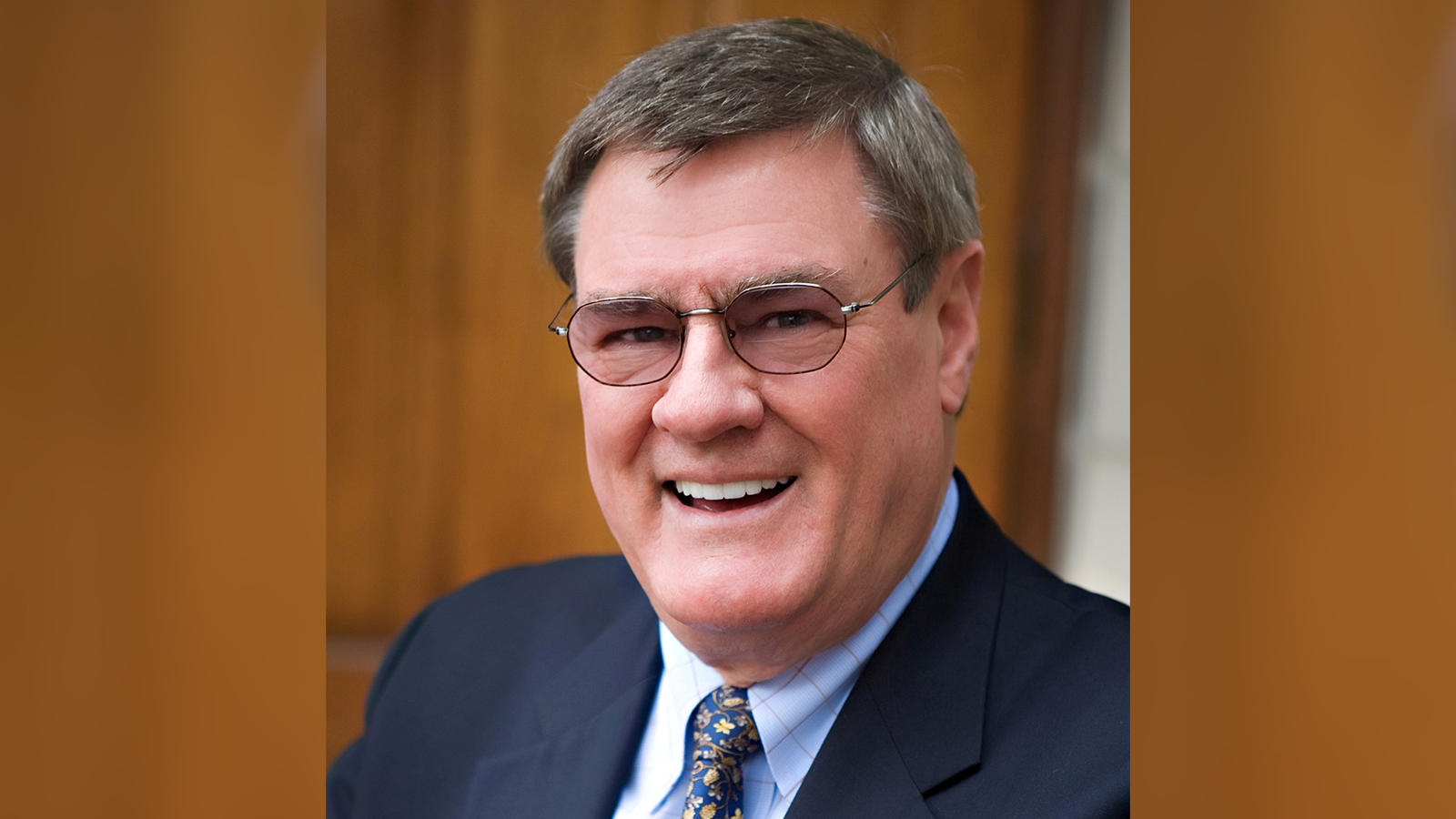
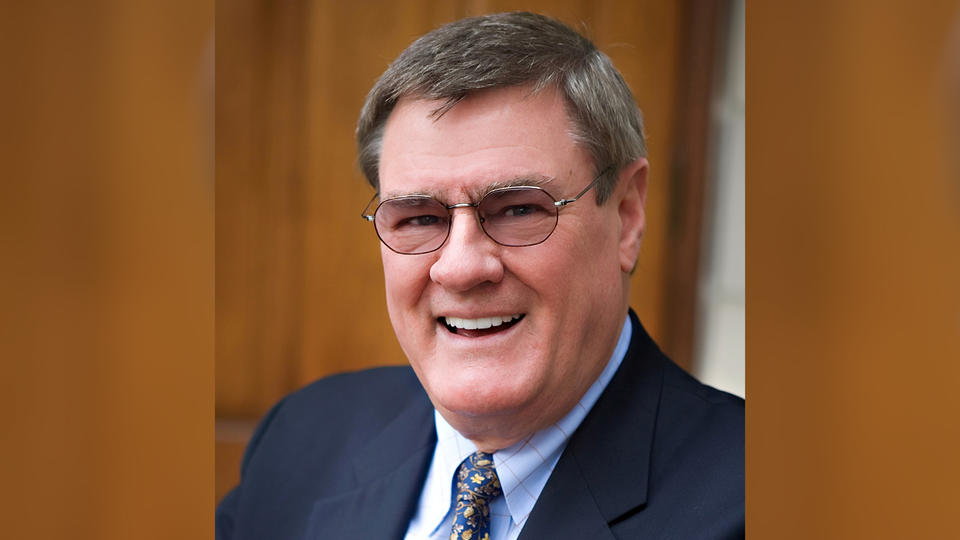
Jack Gill, a Rice Business professor, entrepreneur and venture capitalist, received a Global Consortium of Entrepreneurship Centers Legacy Award at the group's 25th annual conference.
The Legacy Award — which has been bestowed upon only 13 people — celebrates the pioneering work of the world’s top university-based entrepreneurship leaders. Gill, professor of the practice of entrepreneurship at Rice's Jones Graduate School of Business, was honored for his decades-long commitment to entrepreneurship education and passion for supporting and mentoring students.
In Gill’s 20 years of teaching at Rice, more than 5,000 students and more than 150 guest speakers from the entrepreneurial and venture capital worlds have taken part in his courses. His boot camps have included participants from more than 25 universities.
His Life Science Entrepreneurship course was one of the first Rice Business opened to any graduate student on campus or at any of the Texas Medical Center (TMC) institutions. It strongly encourages networking and directly led to the formation of Enventure, a group that provides vital education, networking and support to aspiring life science entrepreneurs in the Houston region.
“In addition to supporting hundreds of entrepreneurs in his role as a venture capitalist, perhaps his greatest legacy as a supporter of entrepreneurship has been as a professor of practice at numerous universities and as a tireless mentor to thousands of young entrepreneurs in university settings,” said Steven Currall, founding director of the Rice Alliance for Technology and Entrepreneurship and former president of the University of South Florida.
Gill co-founded GOOSE Capital (formerly the GOOSE Society of Texas) in 2005 and grew the organization from six founding members to 25. The group of super-angel investors provided the grand prize at the first Rice Business Plan Competition, hosted by the Rice Alliance, helping it become the world’s largest and richest student startup competition.
Since 1997, the Linda and Jack Gill Foundation of Texas has donated more than $40 million to educational institutions and scholarship programs.
“We could not have asked for a more engaging, experienced, successful and talented professor of the practice in entrepreneurship and we thank Jack for all that he has given to Rice, the Jones School and all the local TMC institutions,” said Peter Rodriguez, dean of Rice Business.
In addition to Rice, Gill has served as an adjunct faculty member, lecturer and instructor at Indiana University, MIT, Harvard Medical School and Lamar University.
You May Also Like
Global Consortium of Entrepreneurship Centers Conference celebrates top university-based programs, instructors
The world’s premier university-based entrepreneurship institutes and leaders were celebrated at the 25th annual Global Consortium of Entrepreneurship Centers (GCEC) Conference on Oct. 13-16. The Rice Alliance for Technology and Entrepreneurship is the administrative home for the GCEC.


The world’s premier university-based entrepreneurship institutes and leaders were celebrated at the 25th annual Global Consortium of Entrepreneurship Centers (GCEC) Conference.
The Baltimore conference, hosted by Loyola University Maryland and the University of Baltimore on Oct. 13-16, showcased higher education’s role in supporting underrepresented entrepreneurs who have been most affected by economic crises and hold the most potential for growth. The Rice Alliance for Technology and Entrepreneurship at the Jones Graduate School of Business is the administrative home for the GCEC.
More than 500 people attended in person or virtually to hear more than 70 breakout sessions and keynotes from Marcus Bullock, founder of Flikshop; Nnadagi Isa and Louise Isa, founders of Lor Tush; Philip Gaskin, vice president of entrepreneurship at the Kauffman Foundation; Ryan Maliszewski, chief executive officer at Mozzeria; and Allysa Dittmar, co-founder of ClearMask.
On Saturday, 20 centers were feted as the best of university entrepreneurship across 10 categories among more than 65 nominees. The top honor, the Nasdaq Center for Entrepreneurial Excellence Award, traditionally goes to a single program but it was expanded this year to recognize one small university (less than 5,000 students) and one large university (more than 5,000 students). The GCEC Awards are chaired by Holly DeArmond, managing director of the Dingman Center for Entrepreneurship at the University of Maryland, one of the three founding schools of the GCEC.
The awardees:
Nasdaq Center for Entrepreneurial Excellence, schools with less than 5,000 students
- Center for Innovation and Entrepreneurship, Trinity University
Nasdaq Center for Entrepreneurial Excellence, schools with more than 5,000 students
- McFerrin Center for Entrepreneurship, Texas A&M University
Outstanding Emerging Entrepreneurship Center, schools with less than 5,000 students
- Hynes Institute for Entrepreneurship & Innovation, Iona College
Outstanding Emerging Entrepreneurship Center, schools with more than 5,000 students
- Tsai Center for Innovative Thinking at Yale, Yale University
- ASPER-HUJI Innovate, Hebrew University of Jerusalem
- Miller School of Entrepreneurship, East Carolina University
Outstanding Contributions to Venture Creation
- NYU Entrepreneurial Institute, New York University
- Gary S. Holmes Center for Entrepreneurship, University of Minnesota
Exceptional Activities in Entrepreneurship Across Disciplines
- Deming Center for Entrepreneurship, University of Colorado Boulder
- Doherty Center for Creativity, Innovation and Entrepreneurship, Elon University
- Institute for Entrepreneurship and Innovation, Texas Christian University
Excellence in Specialty Entrepreneurship Education
- Institute for Innovation and Entrepreneurship, University of Texas at Dallas
- NYU Entrepreneurial Institute, New York University
Excellence in Entrepreneurship Teaching and Pedagogical Innovation
- Johnson Center for Entrepreneurship & Innovation, Indiana University
- Weinert Center for Entrepreneurship, University of Wisconsin-Madison
Outstanding Student Engagement & Leadership, schools with less than 5,000 students
- Entrepreneurship & Innovation Program, Clark University
Outstanding Student Engagement & Leadership, schools with more than 5,000 students
- Centre for Innovation and Entrepreneurship, University of Auckland
- Yazamut 360°, Ben-Gurion University of the Negev
Exceptional Contributions in Entrepreneurship Research
- Diana International Research Institute, Babson College
GCEC Center of Entrepreneurial Leadership
- Loyola University Maryland
- University of Baltimore
Three GCEC Legacy Awards honored individuals for pioneering work in advancing entrepreneurship at universities and/or directing a university entrepreneurship center that created a legacy impact on the field. The awards were created in 2012; to date, there have been only 13 recipients.
The winners:
- Linda Darragh, the Larry Levy Executive Director of the Kellogg Innovation and Entrepreneurship Initiative and clinical professor of entrepreneurial practice at Northwestern University
- Jack Gill, professor of the practice of entrepreneurship at Rice University’s Jones Graduate School of Business
- Michael Morris, professor of entrepreneurship and social innovation at the University of Notre Dame’s Keough School of Global Affairs
The GCEC is a consortium of 250 leading university entrepreneurship programs that work together to share best practices, develop programs and initiatives, and collaborate and assist each other advancing, strengthening and celebrating the role of universities in educating the entrepreneurs of tomorrow.
